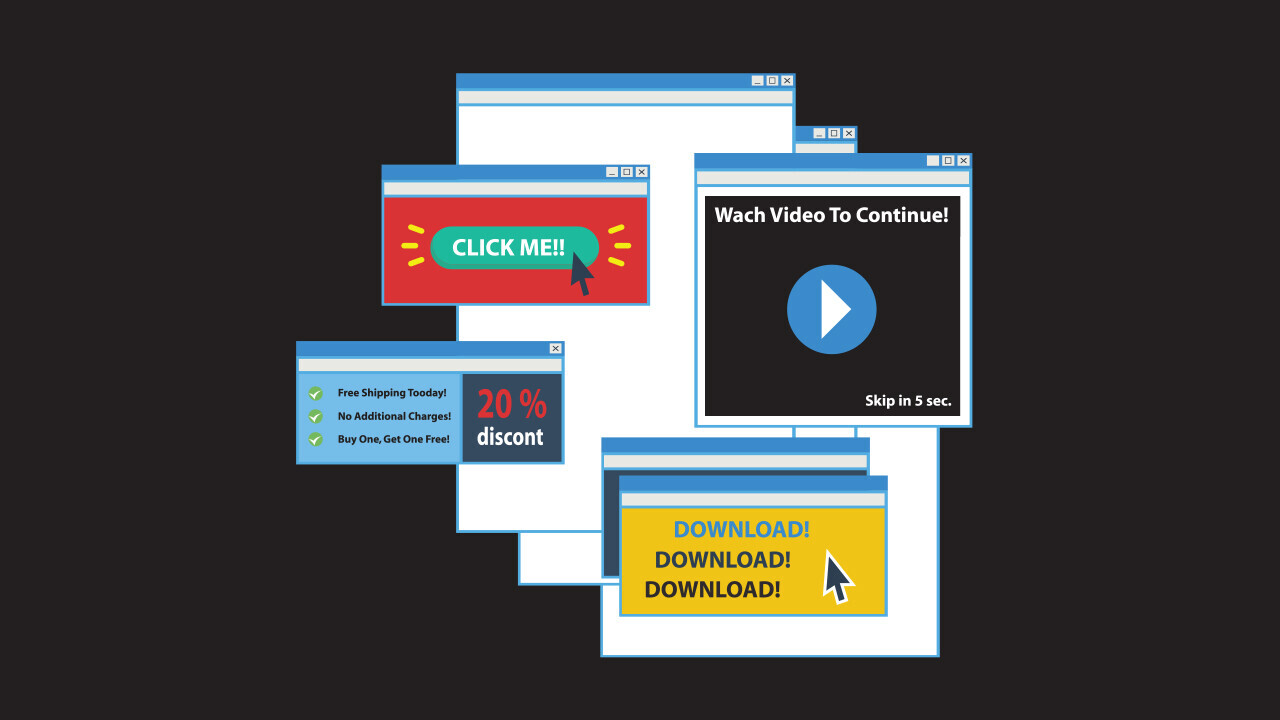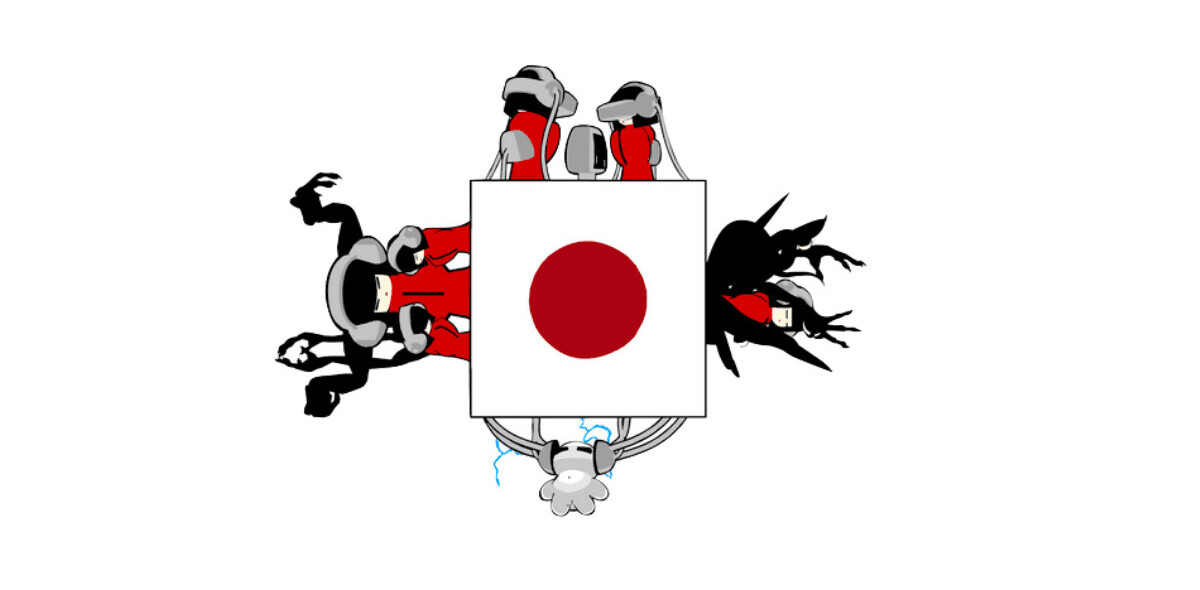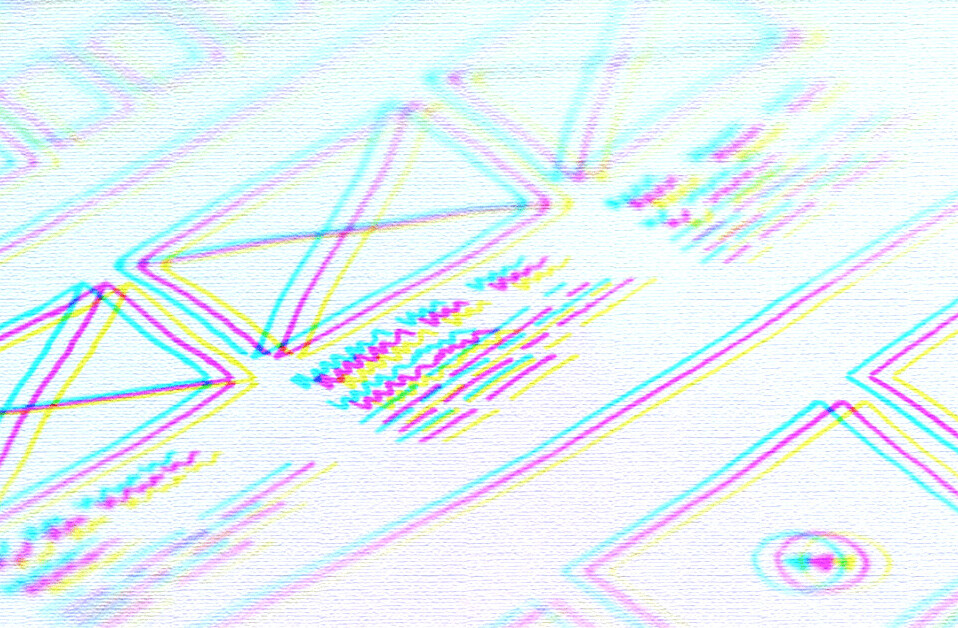The vast majority of websites you visit now greet you with a pop-up. This annoying impediment to your seamless web browsing is called the “cookie banner”, and it’s there to secure your consent, as per online privacy laws, for websites to retain information about you between browsing sessions.
The cookie banner purports to offer you a choice: consent to only the essential cookies that help maintain your browsing functionality, or accept them all – including cookies that track your browsing history to sell on to targeted advertising firms. Because those additional cookies generate extra revenue for the websites we visit, cookie banners are often designed to trick you into clicking “accept all”.
The UK’s information commissioner recently urged G7 countries to address this problem, highlighting how fatigued web users are agreeing to share more personal data than they’d like. But in truth, manipulative cookie banners are just one example of what’s called “dark design” – the practice of creating user interfaces that are intentionally designed to trick or deceive the user.
Dark design has proven to be an incredibly effective way of encouraging web users to part with their time, money, and privacy. This in turn has established “dark patterns”, or sets of practices designers know they can use to manipulate web users. They’re difficult to spot, but they’re increasingly prevalent in the websites and apps we use every day, creating products that are manipulative by design, much like the persistent, ever-present pop-ups we’re forced to close when we visit a new website.
Cookie banners remain the most obvious form of dark design. You’ll notice how the “accept all” button is large and cheerfully highlighted, attracting your cursor within a split second of your arrival on a website. Meanwhile, the dowdy, less prominent “confirm choices” or “manage settings” buttons – the ones through which we can protect our privacy – scare us away with more time-consuming clicks.
You’ll know from experience which one you tend to click. Or you can try the Cookie Consent Speed-Run, an online game that exposes how difficult it is to click the right button in the face of dark design. E-commerce websites also frequently use dark patterns. Say you’ve found a competitively priced product you’d like to buy. You dutifully create an account, select your product specifications, input delivery details, click through to the payment page – and discover the final cost, including delivery, is mysteriously higher than you’d originally thought. These “hidden costs” aren’t accidental: the designer is hoping you’ll just hit “order” rather than spending even more time repeating the same process on another website.
Other elements of dark design are less obvious. Free services such as Facebook and YouTube monetize your attention by placing advertisements in front of you as you scroll, browse or watch. In this “attention economy”, the more you scroll or watch, the more money the companies make. So these platforms are intentionally optimized to command and retain your attention, even if you’d rather close the app and get on with your day. For example, the expertly crafted algorithm behind YouTube’s “Up Next” video suggestions can keep us watching for hours if we let them.
App design
Manipulating users for commercial gain isn’t just used on websites. Currently, more than 95% of Android apps on the Google Play store are free to download and use. Creating these apps is an expensive business, requiring teams of designers, developers, artists, and testers. But designers know that they’ll recoup this investment once we’re hooked on their “free” apps – and they do it using dark design.
In recent research analyzing free app-based games that are popular with today’s teenagers, my colleague and I identified dozens of examples of dark design. Users are forced to watch adverts and frequently encounter disguised adverts that look like part of the game. They’re prompted to share posts on social media and, as their friends join the game, are prompted to make in-app purchases to differentiate their character from those of their peers.
Some of this psychological manipulation seems inappropriate for younger users. Teenage girls’ susceptibility to peer influence is exploited to encourage them to buy clothes for in-game avatars. Some games promote unhealthy body imagery while others actively demonstrate and encourage bullying through indirect aggression between characters.
There are mechanisms to protect young users from psychological manipulation, such as age rating systems, codes of practice, and guidance that specifically prohibits the use of dark design. But these rely on developers understanding and interpreting this guidance correctly and, in the case of the Google Play Store, developers vet their own work and it’s up to users to report any issues. My research indicates that these measures are not yet proving entirely effective.
Shedding light
The problem with dark design is that it’s difficult to spot. And dark patterns, which are established in every developer’s toolbox, spread fast. They’re hard for designers to resist when free apps and websites are competing for our attention, judged on metrics like “time on page” and the “user conversion rate”.
So while cookie banners are annoying and often dishonest, we need to consider the broader implications of an online ecosystem that is increasingly manipulative by design. Dark design is used to influence our decisions about our time, our money, our personal data and our consent. But a critical understanding of how dark patterns work, and what they’re hoping to achieve, can help us detect and overcome their trickery.
Google had not replied to a request for comment on this story by the time it was published![]()
Article by Daniel Fitton, Reader in User Experience Design, University of Central Lancashire
This article is republished from The Conversation under a Creative Commons license. Read the original article.
Get the TNW newsletter
Get the most important tech news in your inbox each week.





